Post by yurii on Mar 28, 2024 7:09:16 GMT -5
Good day to all ! I've been more involved in jewelry making lately, but for several years I had a basin of water under the bathtub containing an unfinished batch of carnelian stones, smoky quartz and petrified wood (I overdried the suspension a little and decided to soak the stones in water). She stood there for so long that my wife stopped paying attention to it))). Several times the water dried out and I added new water. About two weeks ago I decided to finish what I started several years ago. It turned out that all the stones were covered with limescale. I added citric acid to the water and left it for a week. And a miracle - after a week, not only was the limescale gone, but also the abrasive that had clogged up in the recesses was easily washed off. The photo shows a finished batch of about 6 kg.
I would like to talk about adjusting the vibration amplitude on a vibration machine. I have two old machines that are about 30 years old. In them you can regulate the engine rotation speed and the amplitude of oscillations. But unfortunately they have a small volume - only 0.5 liters. That's why I once bought a 6-liter Grobet vibrating machine. Due to the fact that over time the abrasive got into the walls of the bowl, the polishing became not as high quality as at the beginning, and I ordered a second bowl. And I was lucky! - they sent a bowl 1.5 times smaller in volume)))). As it turned out, it is not very suitable for polishing - it breaks the edges of thin stones. The way out was to cut the flywheel to a threaded hole (see photo). After that things got better. It’s just that when rough polishing I screw a bolt into the hole on the flywheel, and when polishing I unscrew it. This way I use different sized bowls on one machine. Another thought occurred to me - it is possible to quite successfully regulate the amplitude with two counterweights - one rigidly fixed to the motor shaft, and the second pressed to the first with a nut. Why machine tool manufacturers don't do this is a mystery to me. This would make it possible to use different bowls and would also make it easier to process soft stones. The last figure shows a diagram of how the amplitude can be adjusted. Number two is my case where there is a hole in the flywheel.
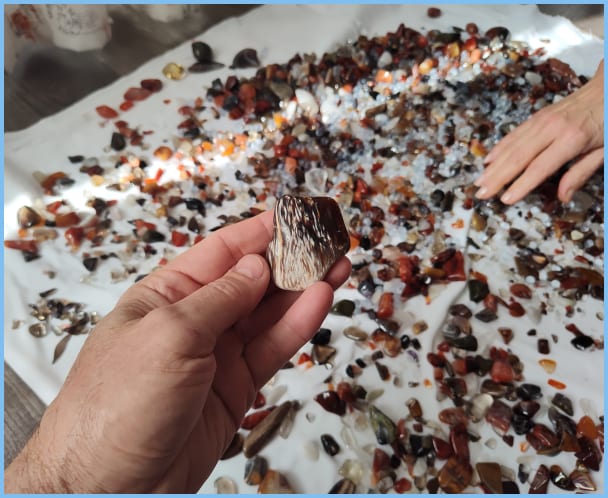
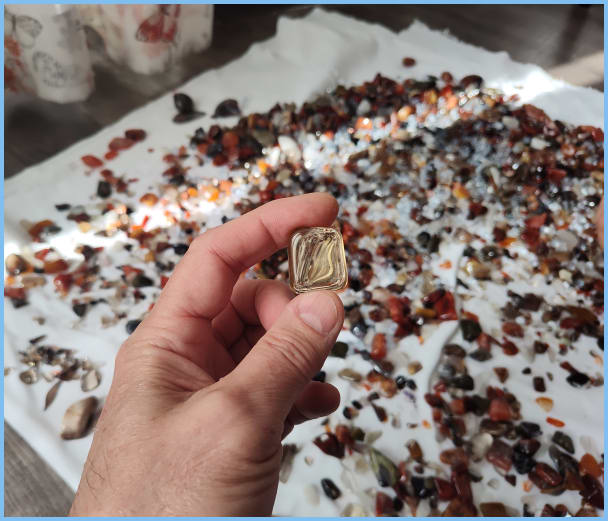
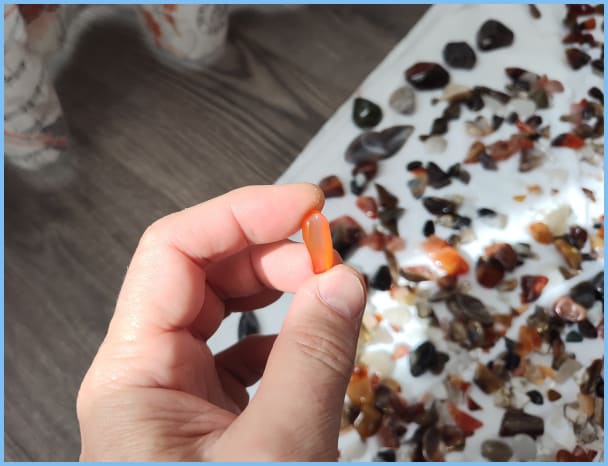

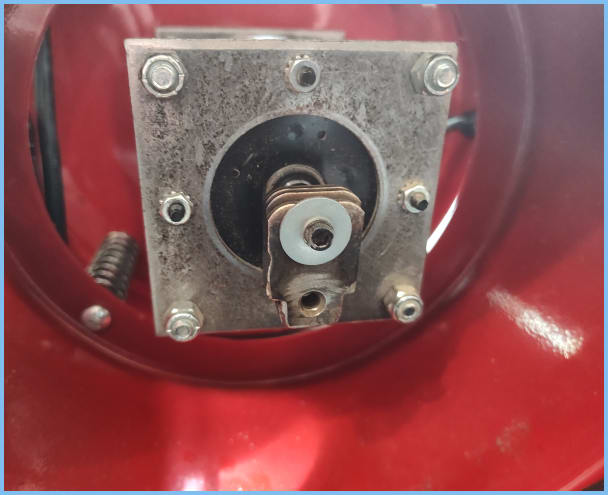
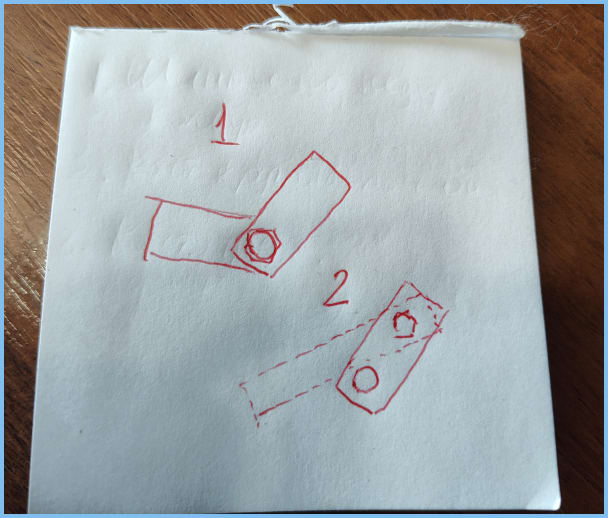
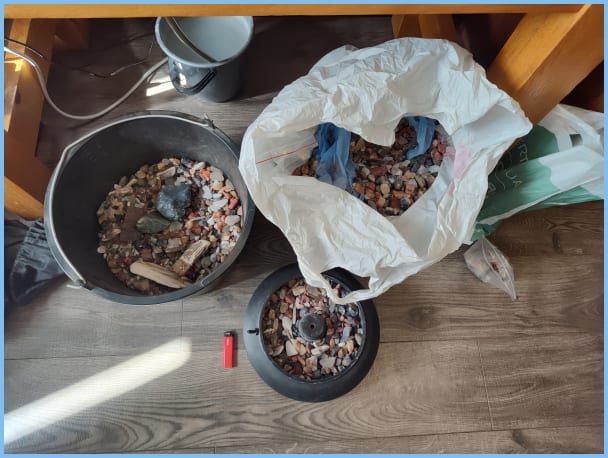
I would like to talk about adjusting the vibration amplitude on a vibration machine. I have two old machines that are about 30 years old. In them you can regulate the engine rotation speed and the amplitude of oscillations. But unfortunately they have a small volume - only 0.5 liters. That's why I once bought a 6-liter Grobet vibrating machine. Due to the fact that over time the abrasive got into the walls of the bowl, the polishing became not as high quality as at the beginning, and I ordered a second bowl. And I was lucky! - they sent a bowl 1.5 times smaller in volume)))). As it turned out, it is not very suitable for polishing - it breaks the edges of thin stones. The way out was to cut the flywheel to a threaded hole (see photo). After that things got better. It’s just that when rough polishing I screw a bolt into the hole on the flywheel, and when polishing I unscrew it. This way I use different sized bowls on one machine. Another thought occurred to me - it is possible to quite successfully regulate the amplitude with two counterweights - one rigidly fixed to the motor shaft, and the second pressed to the first with a nut. Why machine tool manufacturers don't do this is a mystery to me. This would make it possible to use different bowls and would also make it easier to process soft stones. The last figure shows a diagram of how the amplitude can be adjusted. Number two is my case where there is a hole in the flywheel.


















